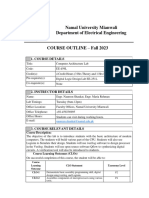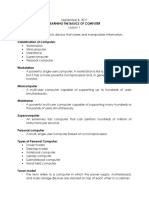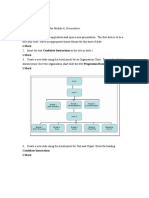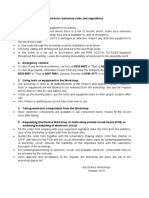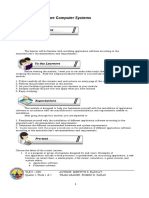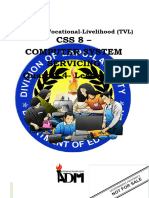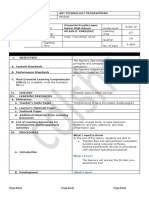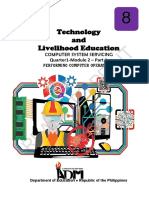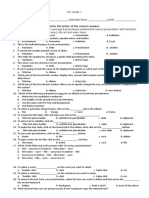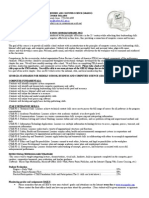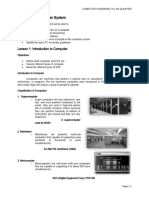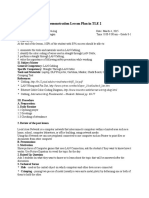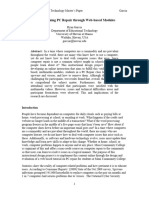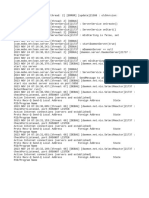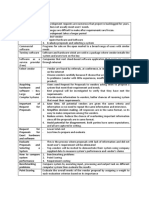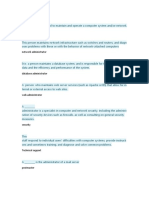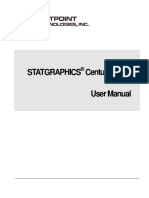0% found this document useful (0 votes)
150 views14 pagesDesign Programic Logic
The document provides information on designing program logic, including:
1. It outlines three learning outcomes for selecting a program logic design approach, documenting the design, and validating the design.
2. It describes the training mechanics, which uses an outcome-based approach integrating theory and application. Trainees work through individual learning guides with mentor guidance.
3. It includes an example session plan and learning activity plan test questions to assess trainees' understanding of obtaining design documentation, reviewing requirements, and determining design approaches.
4. It provides an example of pseudocode for an algorithm to calculate the sum of entered numbers and display results, as well as the difference between algorithms and pseudocode.
Uploaded by
moges tesfayeCopyright
© © All Rights Reserved
We take content rights seriously. If you suspect this is your content, claim it here.
Available Formats
Download as DOC, PDF, TXT or read online on Scribd
0% found this document useful (0 votes)
150 views14 pagesDesign Programic Logic
The document provides information on designing program logic, including:
1. It outlines three learning outcomes for selecting a program logic design approach, documenting the design, and validating the design.
2. It describes the training mechanics, which uses an outcome-based approach integrating theory and application. Trainees work through individual learning guides with mentor guidance.
3. It includes an example session plan and learning activity plan test questions to assess trainees' understanding of obtaining design documentation, reviewing requirements, and determining design approaches.
4. It provides an example of pseudocode for an algorithm to calculate the sum of entered numbers and display results, as well as the difference between algorithms and pseudocode.
Uploaded by
moges tesfayeCopyright
© © All Rights Reserved
We take content rights seriously. If you suspect this is your content, claim it here.
Available Formats
Download as DOC, PDF, TXT or read online on Scribd
/ 14


